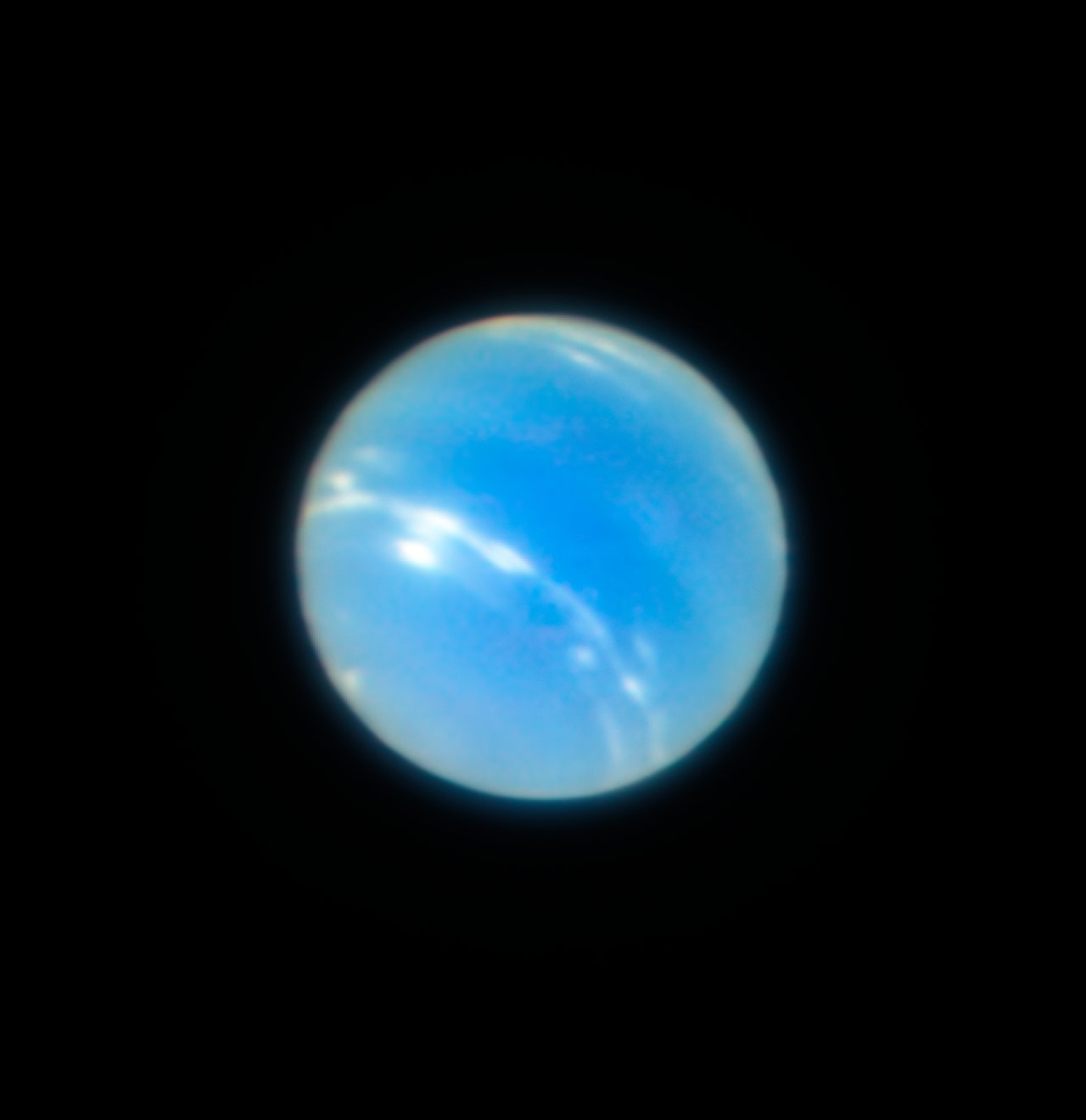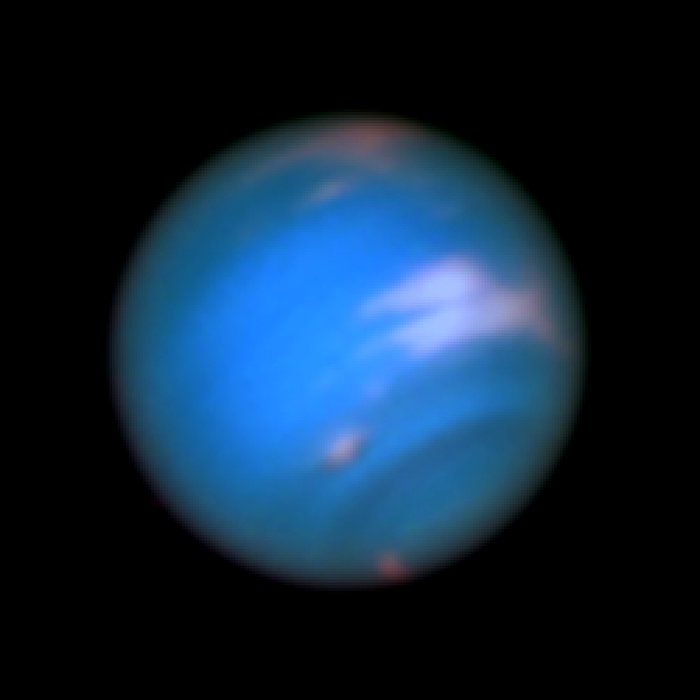
Figure 1 is something new and astounding. It is a photograph taken with the European Southern Observatory’s Very Large Telescope (VLT) in Chile’s Atacama Desert using adaptive optics. Look closely and you will see clouds and a multitude of subtle shadings. Significantly the image rivals images such as that of Figure 2 taken with NASA’s Hubble Telescope in Earth orbit. What this mean is that it is possible to obtain images from a Earth-bound telescope that rival images taken from space. Said differently, what it means is that we now have a second pair of truly amazing eyes focused on the universe.
As anyone who has used a telephoto lens on a atmospheric day knows, water in the atmosphere between you and the subject scatters and fuzzes out the image. That’s one of the reasons that its so hard to get a good and sharp image with a long telephoto lens. Worse still for a telescope, convection (heat flows) in the atmosphere causes minute localized changes in index of refraction which cause fluctuations in the focus and position of the object in the sky. Orbit-based telescopes solve this problem by going above the atmosphere. ESO’s VLT takes a different approach, it uses lasers to create guide stars and fluctuations in the focus and position of these guide stars is used to adjust the array of mirrors that make up the primary mirror of the telescope, The telescope’s thin, deformable mirror compensates for these fluctuations by shifting its shape 1,000 times a second to correct the distorted light. And the result are the super sharp images like that of Figure 1.
With this demonstration land-based astronomy has entered a new phase, one that, like the Hubble, will take us to new worlds.

